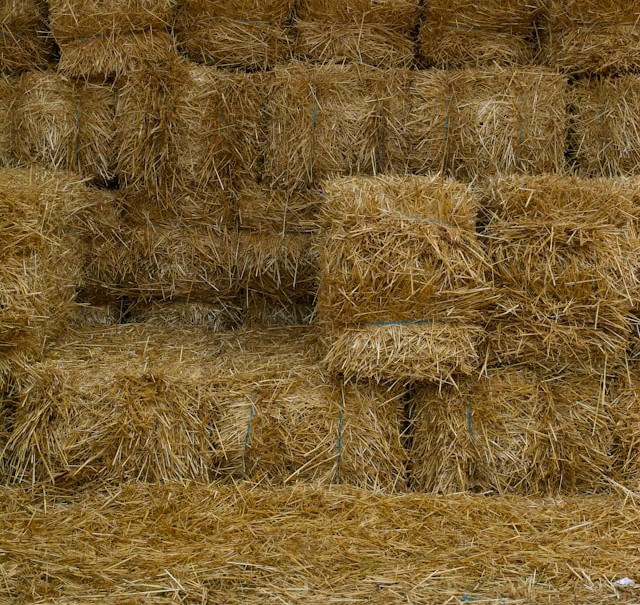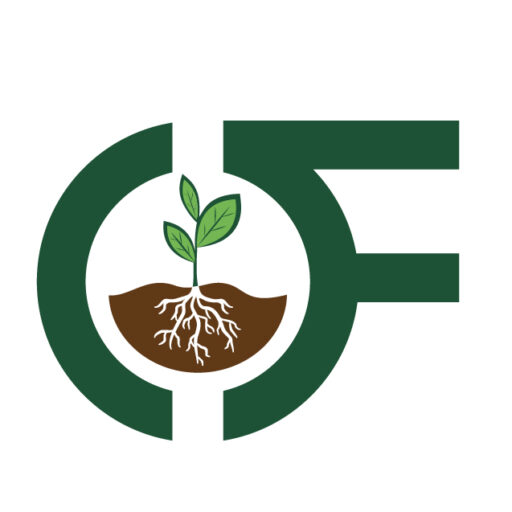The Lifecycle of Hay: From Germination to the Feeding Trough
Every great bale of hay begins with a seed. The lifecycle of hay starts in well-prepared soil, where farmers sow grass or legume seeds such as alfalfa, timothy, orchardgrass, or clover. Selecting the right hay crop depends on climate, soil type, and the nutritional needs of the livestock it will eventually feed.
Germination begins when the soil reaches optimal moisture and temperature. During this stage, seeds sprout and establish root systems—critical for producing strong, nutrient-dense hay. Proper soil preparation and balanced fertilization at this stage set the tone for a healthy growing season.

(Stacks of hay bales in a barn.)
Growth and Maturity: Building Nutrient-Rich Forage
As the plants mature, they develop stems, leaves, and—depending on the variety—flowering heads. This is when hay quality really starts to take shape. Farmers closely monitor weather conditions and soil health during this period to ensure robust, healthy growth.
Timing is everything. Cutting hay too early can reduce yields, while cutting too late can lower nutritional value. Most hay crops are harvested just before full bloom, when protein content and digestibility are at their peak. This balance is key to producing high-quality hay for livestock.
Harvest and Baling: Turning Plants Into Feed
When the hay reaches the ideal stage, it’s time for cutting and drying. The forage is mowed and left in the field to dry naturally under the sun—a process called curing. Proper curing is crucial to prevent mold and spoilage, and to reduce moisture content, which should ideally be between 12–18% before baling.
Once dry, the hay is raked into windrows and baled using mechanical equipment. Bales can be small squares, large rounds, or large squares, depending on how the hay will be stored and used. Proper hay storage at this stage—off the ground and protected from moisture—is essential to maintain its quality until feeding time.
The Final Stop: From Storage to the Feeding Trough
Once baled and stored, hay is ready for transport and feeding. Whether it’s for horses, cattle, goats, rabbits, or other livestock, choosing the right type and quality of hay matters greatly for animal health. Livestock owners should always inspect hay for dust, mold, or hay mites before feeding.
From germination to the feeding trough, every step in the hay production process impacts nutrition, safety, and value. At Ohana Farms, we pride ourselves on delivering hay that’s been carefully grown, harvested, and stored to meet the highest standards—because healthy animals start with quality feed.

